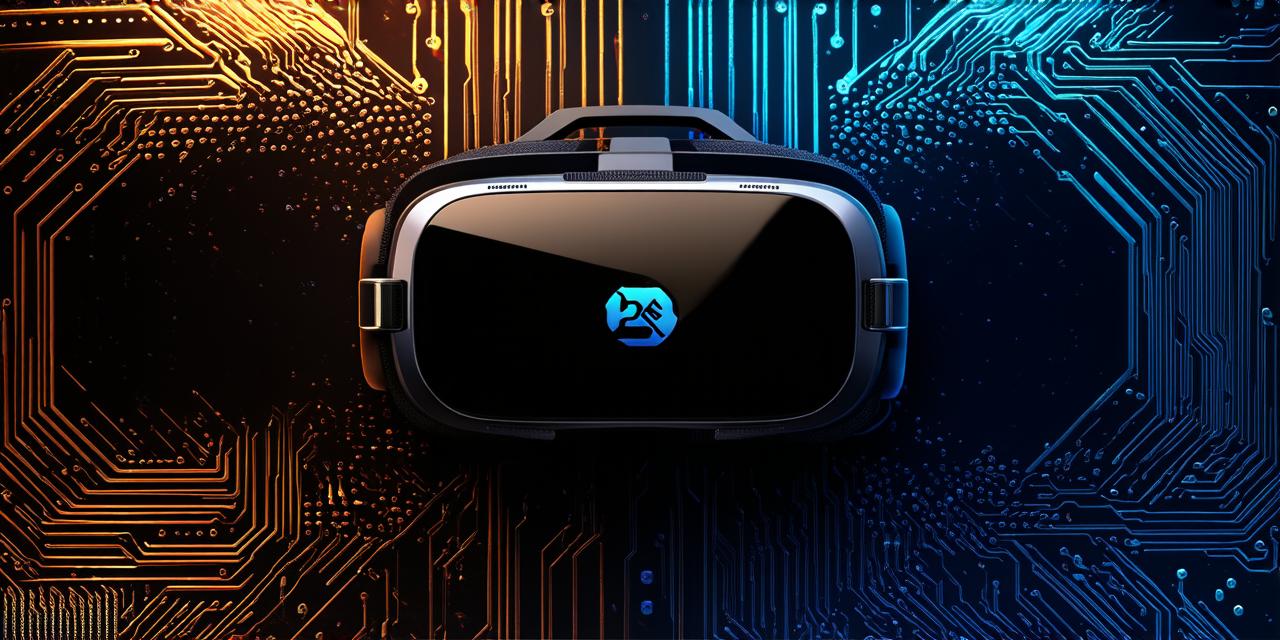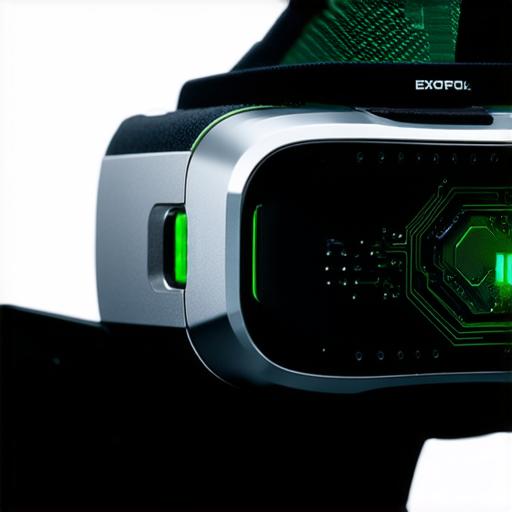
How to create a virtual reality headset
If you’re interested in creating your own virtual reality (VR) headset, there are a few key steps you need to follow. In this article, we’ll walk you through the process, from designing the hardware to building the software.
Hardware Design
The first step in creating a VR headset is designing the hardware. This includes selecting the right display technology, choosing the appropriate sensors, and determining the size and shape of the headset.
Display Technology
There are several different types of display technology that can be used in a VR headset, including OLED, LCD, and projection-based displays. Each has its own advantages and disadvantages, so it’s important to choose the one that best fits your needs.
OLED Displays
OLED displays are known for their high resolution and wide viewing angle, making them well-suited for VR applications. However, they can be more expensive than other display technologies and may not be as bright as some users prefer.
LCD Displays
LCD displays are a more cost-effective option that can provide good image quality. They’re also easy to integrate with other hardware components, like sensors and cameras. However, they may not have the same resolution as OLED displays and their viewing angle may be more limited.
Projection-based Displays
These use a projector to create images that are then displayed on a screen in front of the user’s eyes. This can provide a wide viewing angle and high brightness, but it may be less immersive than other display technologies.
Sensors
Sensors play a crucial role in tracking the movement of the user’s head and ensuring that they stay within the boundaries of the virtual environment. Some common sensor types used in VR headsets include:
- Inertial Measurement Units (IMUs)
- Optical Flow Sensors
- Ultrasonic Sensors

Inertial Measurement Units (IMUs)
These sensors use accelerometers, gyroscopes, and magnetometers to measure the user’s movement and orientation. They can be used to track head position and rotation, but may not be as accurate as other sensor types.
Optical Flow Sensors
These sensors use cameras to track the movement of markers on the user’s body or in the virtual environment. They can provide highly accurate tracking of head movement, but may require calibration and may not work well in low light conditions.
Ultrasonic Sensors
These sensors use sound waves to measure the distance between the sensor and the user’s head. They can be used to track head position, but may not be as accurate as other sensor types.
Headset Design
The size and shape of the VR headset will depend on the display technology and sensors you choose. It’s important to design a headset that is comfortable and easy to wear, with enough space for the user to move their head without bumping into it. You may also want to consider adding features like adjustable lenses, built-in audio, and a tracking system that can detect when the user is looking away from the virtual environment.
Software Development
Once you have designed your VR headset hardware, the next step is to develop the software. This includes creating the virtual environment, programming the sensors and display technology, and testing and debugging the system.
Virtual Environment
The virtual environment is the digital world that the user will experience when they wear the VR headset. You can create this using a variety of tools and software platforms, including Unity, Unreal Engine, and HTC Vive’s Steam platform. It’s important to design a virtual environment that is engaging and immersive, with plenty of interactive elements for the user to explore.


